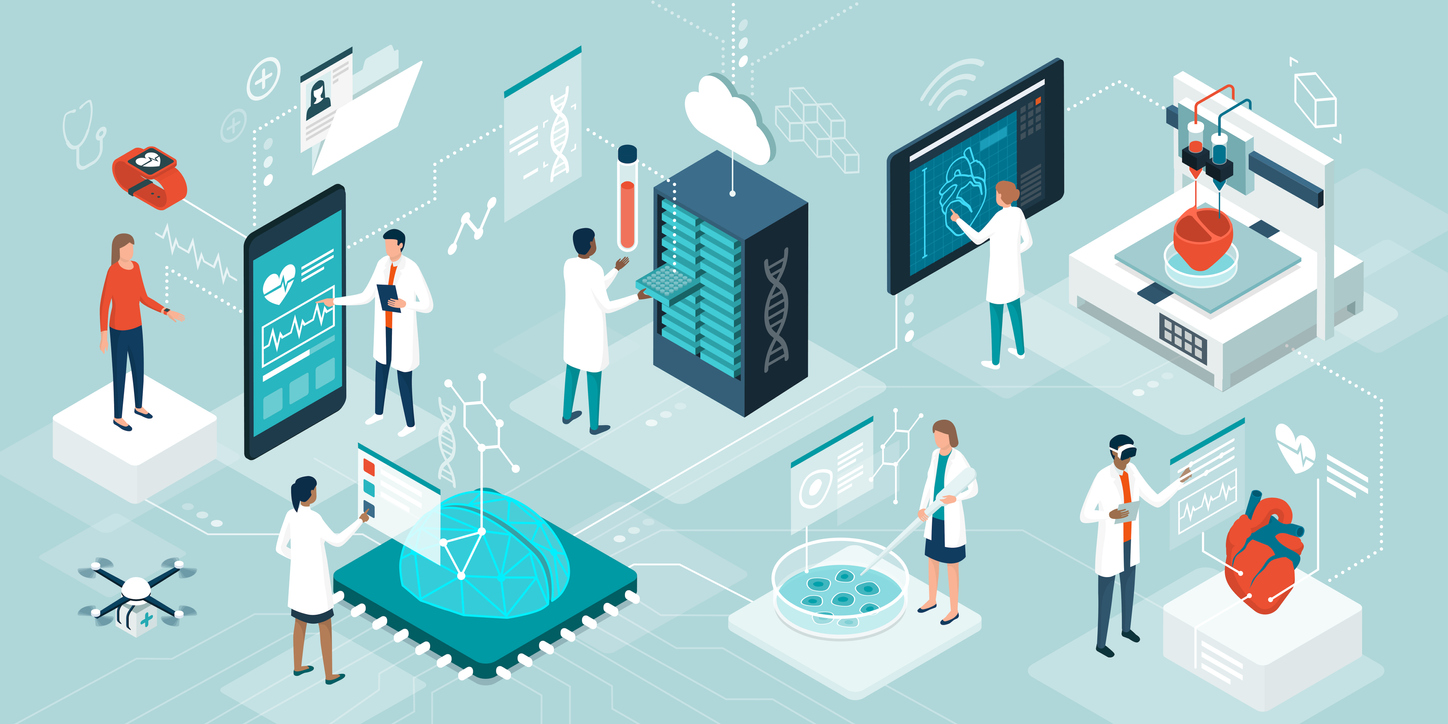While it is impossible to identify an industry or individual who has been completely undisrupted by the COVID-19 pandemic, Canada’s post-secondary students have been on the receiving end of a disproportionate impact. For those in applied programs, the impact has been even more profound. Over the past year, despite modifications to program delivery, hands-on learning and work placement opportunities have been hit hard.
On polytechnic campuses, many students in programs where hands-on learning is essential have been brought back on campus to complete their course work. In most cases, the number of students per class and laboratory are reduced and there are requirements for enhanced personal protective equipment, strict cleaning protocols and physical distancing.
Though much theory-based programming has continued in a remote and online format, clinical and field work have suffered over the last year, with many on indefinite hiatus. Work-integrated learning – an integral component of applied education – has also been disrupted because many practice partners have closed or altered their operations. Numerous hospitals, long-term care homes, funeral establishments, paramedic services, community pharmacies and public health organizations have eliminated student placements during the crisis.
This is bad news for current students, but also has an outsized impact on a labour market desperate for work-ready graduates. Never before has the need for healthcare professionals been so urgent.
Even if the pandemic was to end in the next weeks, recovery in the sector will be slow. In addition to an overworked and overwhelmed workforce, the mental and emotional toll, delayed non-essential surgeries and treatments, and inability to deliver preventative healthcare will have long-term consequences. These ongoing challenges call attention to the need to ensure the pathways for new entrants are as clear as possible.
This situation calls for fresh thinking about how healthcare occupations are educated, evaluated and certified – probably long-term. Significant new investments are needed to support the digital infrastructure, learning and evaluation tools, and campus spaces to educate frontline occupations. Investments in virtual and augmented reality, simulation and remote-access labs are critical. Without a significant and rapid pivot to innovative online learning practices and evaluation tools, we can expect patient care, community health and essential social services to be severely impacted.
While the investments required suit immediate needs, they also support an accelerated long-term transformation that enables institutions to better deliver personalized learning, offer more flexible mid-career reskilling options and experiment with competency-based, as opposed to time-based, certification. Technology-enhanced learning options stand to position graduates for innovations in eHealth delivery and other aspects of digital adoption across healthcare fields.
Many educators are hopeful that innovations will continue and new teaching and learning methods will emerge that support competency mastery in a digital format. The ability to deliver high-quality applied learning in a remote environment is the priority of the entire polytechnic and college community today. Transitioning that equipment to suit new and emerging needs in the years ahead is what polytechnic education is all about.
The COVID-19 pandemic has made Canadians acutely aware of the necessity and role of healthcare professionals. Recognizing that pandemic-induced disruptions over the last year will inevitably linger, with a long road yet to normalcy, investing in infrastructure, cybersecurity and educational resources is critical. As we seek to ensure the next generation of healthcare workers is ready to step in, health science educators know they need to test and embrace new heutagogy, along with the technology that will become second nature to the future healthcare sector and its talent pipeline.

